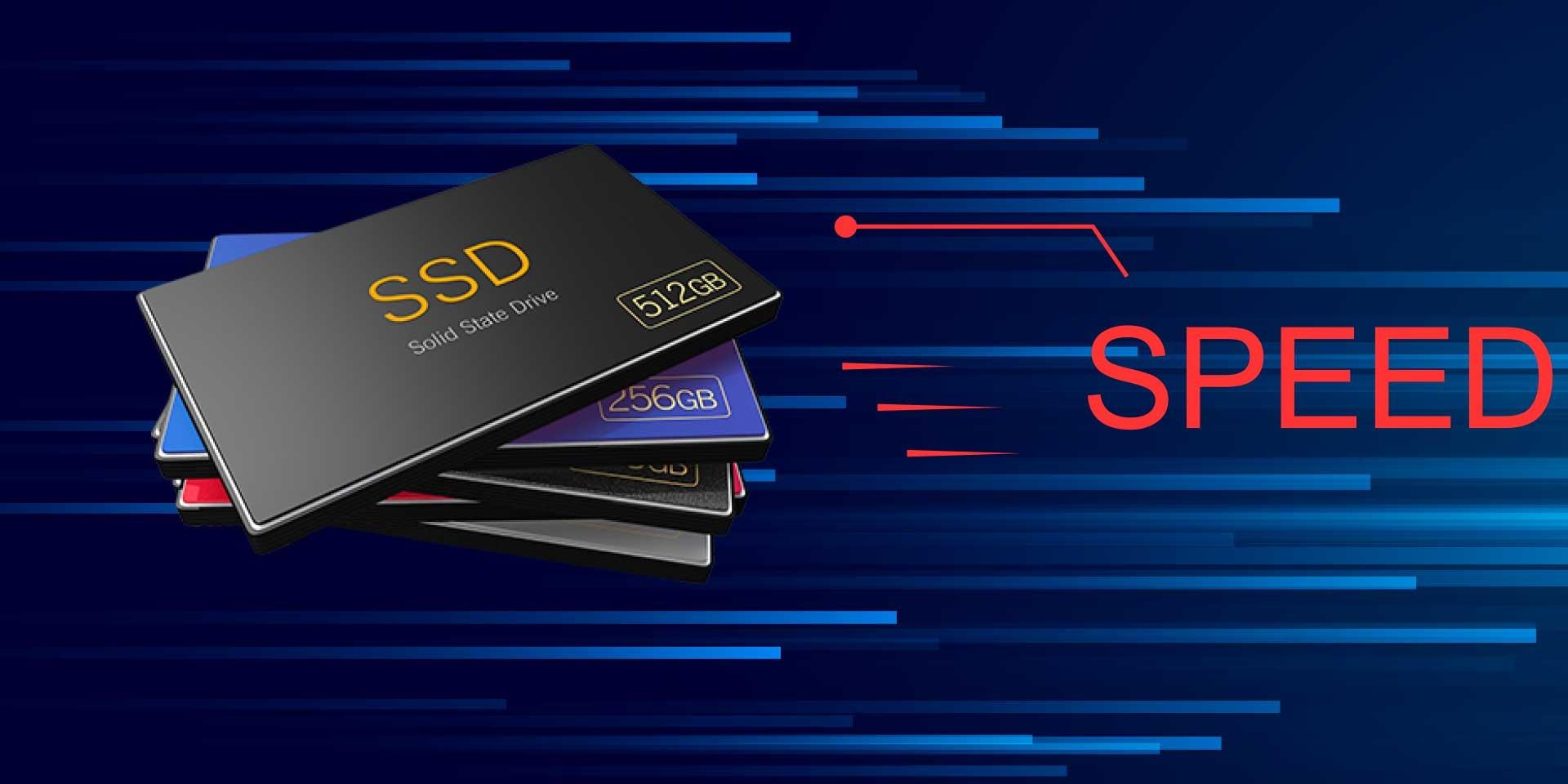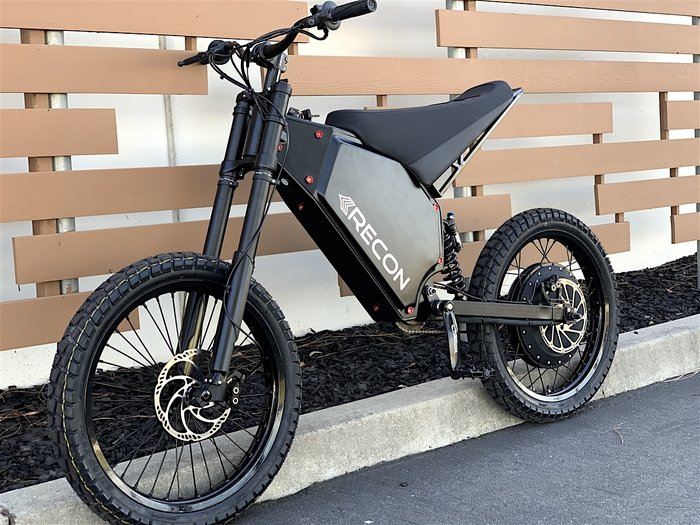
Space disks - affordable and very fast
Currently, the fastest human-launched object in space is the Voyager probe, which was able to accelerate to 17 km/s using gravity launchers from Jupiter, Saturn, Uranus and Neptune. This is several thousand times slower than light, which takes four years to reach the star closest to the Sun.
The above comparison shows that when it comes to propulsion technology in space travel, we still have a lot to do if we want to go somewhere beyond the nearest bodies of the solar system. And these seemingly close journeys are definitely too long. 1500 days of flight to Mars and back, and even with a favorable planetary alignment, does not sound very encouraging.
On long trips, in addition to too weak drives, there are other problems, for example, with supplies, communications, energy resources. Solar panels do not charge when the sun or other stars are far away. Nuclear reactors operate at full capacity for only a few years.
What are the possibilities and prospects for the development of technology for increasing and imparting higher speeds to our spacecraft? Let's look at the solutions already available and those that are theoretically and scientifically possible, although still more of a fantasy.
Present: chemical and ion rockets
Currently, chemical propulsion is still used on a large scale, such as liquid hydrogen and oxygen rockets. The maximum speed that can be achieved thanks to them is approximately 10 km / s. If we could make the most of the gravitational effects in the solar system, including the sun itself, a ship with a chemical rocket engine could reach even more than 100 km/s. The relatively lower speed of Voyager is due to the fact that its goal was not to achieve maximum speed. He also did not use "afterburner" with engines during planetary gravity assistants.
Ion thrusters are rocket engines in which the ions accelerated as a result of electromagnetic interaction are the carrier factor. It is about ten times more efficient than chemical rocket engines. Work on the engine began in the middle of the last century. In the first versions, mercury vapor was used for the drive. Currently, the noble gas xenon is widely used.
The energy that emits gas from the engine comes from an external source (solar panels, a reactor that generates electricity). Gas atoms turn into positive ions. Then they accelerate under the influence of an electric or magnetic field, reaching speeds of up to 36 km / s.
The high speed of the ejected factor leads to a high thrust force per unit mass of the ejected substance. However, due to the low power of the supply system, the mass of the ejected carrier is small, which reduces the thrust of the rocket. A ship equipped with such an engine moves with a slight acceleration.
You will find the continuation of the article in the May issue of the magazine
VASIMR at full power
